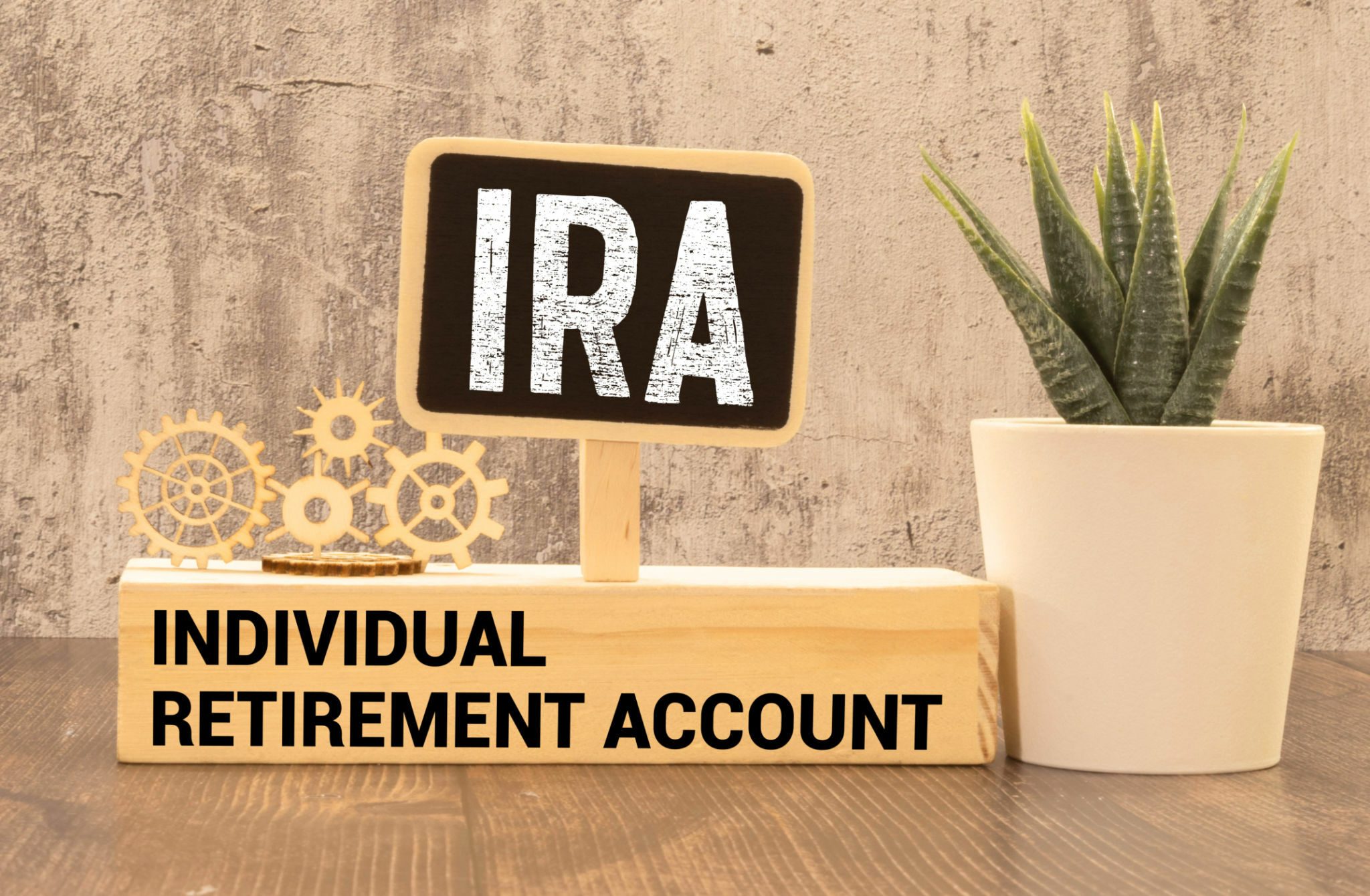
Are you looking for a smart and secure way to build your wealth and secure your financial future? Opening a Roth IRA could be the perfect solution for you. In this step-by-step guide, we will walk you through the process of setting up a Roth IRA and help you understand its numerous benefits.
A Roth IRA is a retirement savings account that offers tax-free growth and tax-free withdrawals, making it an incredibly attractive investment option. It provides you with the opportunity to save for retirement while taking advantage of potential growth over the years.
By opening a Roth IRA, you can enjoy advantages such as tax-free earnings, flexible contributions, and the ability to withdraw your contributions penalty-free before retirement age. Whether you’re a young professional just starting your career or an individual looking to optimize your retirement savings, a Roth IRA can be a powerful tool in securing your financial future.
In this guide, we’ll explain the eligibility requirements, discuss the contribution limits, and guide you step-by-step on how to open a Roth IRA. Don’t miss out on the chance to take control of your financial destiny – let’s get started on securing your brighter future today.
What is a Roth IRA?

A Roth IRA is an individual retirement account that offers tax-free growth and tax-free withdrawals, making it an incredibly attractive investment option. Unlike traditional IRAs, contributions to a Roth IRA are made with after-tax dollars. This means that once you reach retirement age, you can withdraw your funds without paying any taxes on the earnings.
The key advantage of a Roth IRA is its tax-free growth potential. Any investments made within the account can grow over the years, and as long as you follow the rules, the earnings will be entirely tax-free. This can make a significant difference in the amount of money you have available for retirement.
Advantages of opening a Roth IRA
Opening a Roth IRA comes with numerous benefits that can help you secure your financial future. One of the main advantages is tax-free earnings. Unlike traditional IRAs or 401(k) plans, which are taxed when you withdraw the funds, a Roth IRA allows your investments to grow completely tax-free. This can result in substantial savings over time.
Another advantage of a Roth IRA is the flexibility it offers in terms of contributions. Unlike traditional IRAs, which have strict contribution limits based on your income, a Roth IRA allows you to contribute at any income level, as long as you meet the eligibility requirements. This means you can contribute more to your retirement savings and potentially grow your wealth at a faster rate.
Additionally, a Roth IRA offers the unique advantage of penalty-free withdrawals of your contributions before retirement age. While it’s generally recommended to leave your funds untouched until retirement, emergencies or unexpected financial needs may arise. With a Roth IRA, you can withdraw the contributions you’ve made without any penalties or taxes, providing you with a safety net if needed.
Eligibility and contribution limits for a Roth IRA

Before opening a Roth IRA, it’s important to understand the eligibility requirements and contribution limits. To be eligible for a Roth IRA, your income must be below a certain threshold. As of 2021, the income limit for single filers is $140,000, and for married couples filing jointly, it’s $208,000. If your income exceeds these limits, you may still be able to contribute to a Roth IRA using a backdoor Roth IRA conversion.
The contribution limits for a Roth IRA also change annually. As of 2021, individuals under the age of 50 can contribute up to $6,000 per year, while individuals aged 50 and above can contribute an additional catch-up contribution of $1,000, bringing their total contribution limit to $7,000. It’s important to note that these limits are per person, so if you’re married, both you and your spouse can contribute to your own Roth IRAs.
Step 1: Researching and choosing a financial institution
The first step in opening a Roth IRA is to research and choose a financial institution that offers Roth IRA accounts. There are many options available, including banks, credit unions, and brokerage firms. It’s important to consider factors such as fees, investment options, customer service, and reputation when selecting a financial institution.
When researching financial institutions, consider whether the institution offers the investment options you’re interested in or if they provide guidance and advice on investments. Some institutions may have a wide range of investment options, including stocks, bonds, mutual funds, and exchange-traded funds (ETFs), while others may have more limited options. Choose an institution that aligns with your investment goals and risk tolerance.
Step 2: Gathering necessary documents and information
Once you’ve chosen a financial institution, the next step is to gather the necessary documents and information to open a Roth IRA. Typically, you will need to provide your personal information, such as your name, address, social security number, and date of birth. You may also need to provide employment information and income details.
In addition to personal information, you will need to provide identification documents, such as a driver’s license or passport, to verify your identity. Some financial institutions may require additional documentation, such as a utility bill or bank statement, to further confirm your address.
Step 3: Opening a Roth IRA account
With the necessary documents and information in hand, you can now open a Roth IRA account. This can typically be done online, over the phone, or in person, depending on the financial institution you’ve chosen. Follow the instructions provided by the institution to complete the account opening process.
During the account opening process, you will need to make decisions regarding the type of account you want to open, such as an individual account, a spousal account, or a custodial account for a minor. You will also need to choose a beneficiary for your account, who will receive the funds in the event of your passing.
Step 4: Understanding and selecting investment options
Once your Roth IRA account is open, it’s important to understand the investment options available to you. Different financial institutions offer different investment options, so take the time to familiarize yourself with the choices provided.
Consider your investment goals, risk tolerance, and time horizon when selecting investments for your Roth IRA. Some individuals may prefer a more conservative approach, investing in bonds or stable funds, while others may be comfortable with higher-risk investments, such as individual stocks or aggressive growth funds.
Step 5: Contributing to your Roth IRA
Contributing to your Roth IRA is an essential step in building your retirement savings. You can make contributions to your Roth IRA throughout the year, up to the annual contribution limit. It’s important to note that contributions for a specific tax year can be made until the tax filing deadline for that year, typically April 15th of the following year.
You can contribute to your Roth IRA in various ways, including direct contributions from your bank account, contributions from your paycheck if your employer offers a Roth 401(k) or Roth 403(b) plan, or through rollovers from other retirement accounts. Choose the method that works best for you and ensures you stay within the contribution limits.
Step 6: Monitoring and managing your Roth IRA
After opening and contributing to your Roth IRA, it’s crucial to monitor and manage your account regularly. Keep track of your investments’ performance, review your account statements, and make adjustments as needed. Consider consulting with a financial advisor if you need guidance on managing your investments or rebalancing your portfolio.
In addition to monitoring your investments, it’s important to stay informed about any changes in the tax laws or regulations that may impact your Roth IRA. Tax laws can change over time, so it’s essential to stay up-to-date to ensure you’re maximizing the benefits of your Roth IRA.
Conclusion
Opening a Roth IRA is a powerful step towards securing your financial future. It offers tax-free growth, flexible contributions, and the potential for penalty-free withdrawals of your contributions. By following the step-by-step guide outlined in this article, you can confidently open a Roth IRA and take control of your retirement savings.
Remember to research financial institutions, gather the necessary documents, and open a Roth IRA account. Understand the investment options available to you and contribute regularly to your account. Finally, actively monitor and manage your Roth IRA to ensure it aligns with your financial goals.
Don’t miss out on the chance to secure your brighter future today. Open a Roth IRA and take the first step towards building your wealth and securing your financial future. With the tax advantages and potential growth offered by a Roth IRA, you can rest assured that you’re on the right path towards a financially secure retirement.









